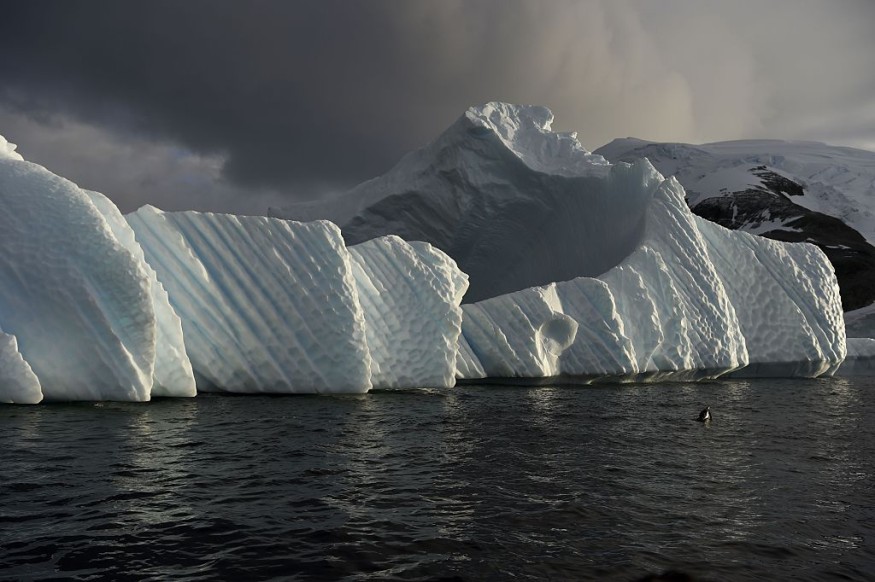A-76A, the world's largest iceberg located in Antarctica, has been found by scientists being swept away to the open ocean between South America and Antarctica, according to a new study published last month.
The breakaway iceberg was once attached to the world's icy structure of the same title. However, the increasing rate of melting ice due to the current climate crisis.
In recent years, climate scientists have raised the alarm of the growing threat of a warming planet, leading to both atmospheric and ocean warming.
These climate phenomenon melts not only icebergs but also glaciers and ice sheets in Antarctica, the Arctic, Greenland, and other frozen regions of the world. Climate models also predict a global sea-level rise in the coming decades due to this melting.
Death of an Iceberg

A new satellite image taken by US space authorities and made available by Live Science showed that A-76A has entered the Drake Passage near the icy continent but could eventually accelerate its course towards its death. The doomed iceberg, along with other named icebergs A-76A, A-76B, and A-76C, was once part of a larger whole in Antarctica.
For years, scientists have determined that the cause of breakaway icebergs is caused by human-induced climate change and global warming, in particular a warming planet due to human-induced greenhouse gas emissions have led to some giant icy structures to melt away.
World's Largest Iceberg
Earth's current largest iceberg had a parent called A-76 which broke off from Antarctica's Ronne Ice Shelf in May 2021. During that time, A-76 was the largest iceberg on the planet; however, it lost its title after it broke into three pieces within a month, according to Earth Observatory of the National Aeronautics and Space Administration (NASA) - EOS Project Science Office at NASA Goddard Space Flight Center.
The largest of the said pieces is called Iceberg A-76A, which currently drifts almost 2,000 kilometers (1,200 miles) away in the Drake Passage, which is a turbulent body of water. It is located between the Cape Horn of South America and South Shetland Islands of Antarctica, which includes the Elephant Island.
On October 31, NASA stated there was a clearing in the clouds throughout the entire month, revealing a huge, geometric piece of ice floating in the passage. The US space agency considered the Antarctic iceberg A-76A as the largest remaining piece of what once the biggest iceberg floating on Earth's oceans.
Despite its long journey, the agency acknowledges the iceberg's size remains unchanged. In June 2021, the U.S. National Ice Center (USNIC) reported that A-76A had a length of 135 kilometers and a width of 26 kilometers, as well as a total land area equal to approximately twice the size of the city of London in England, United Kingdom.
As of October 2022, the USNIC maintain that the floating iceberg has maintained the its size or same dimensions. Yet, the persistence of the current condition of the world's largest iceberg could lead to its eventual doom.
© 2025 NatureWorldNews.com All rights reserved. Do not reproduce without permission.





